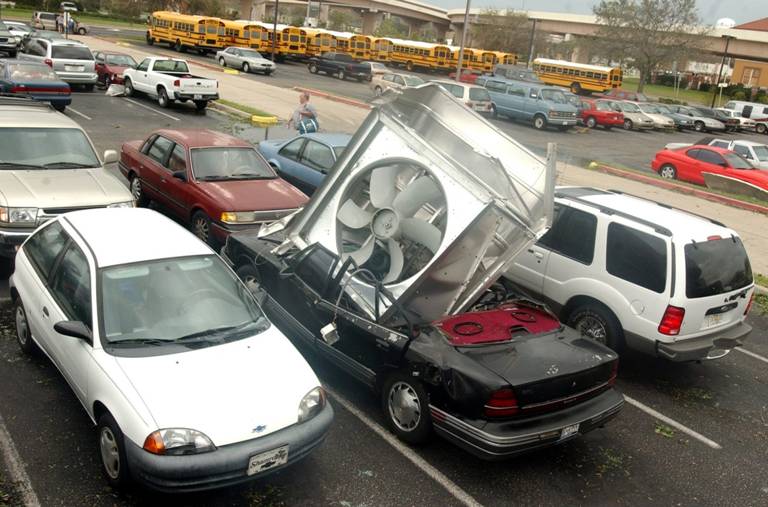It seems that my evaporator is leaking. It leaks when the AC compressor cycles off when the AC/defroster is on. It's odd to me that it only leaks at that moment, but it's consistent.
Does anyone know if I actually have to remove the dash to get the evaporator assembly out? The CD says to remove the dash and the support that's in there. The diagram shows that removing the glove box and glove box support might be enough for that part however.
Who's dug into the dash that far? I'm sure that paying someone to do that would cost me an arm and a leg.
Maybe I'll just sell the VX to a stoner, considering that with the air on recirculate and the defroster on, you get a nice blast of r134a every minute or two.
The IMG is next, but after it warms up that quiets down. I'll just replace those when I change the timing belt. Is the 1999 interval 60k or 90k?
-Tad



 Reply With Quote
Reply With Quote





